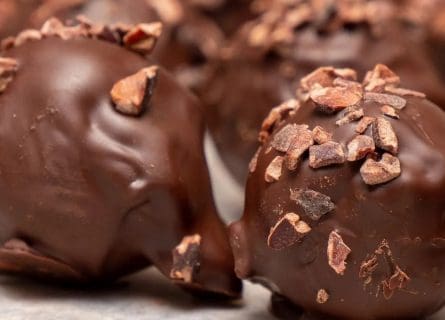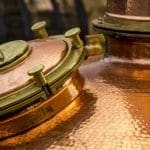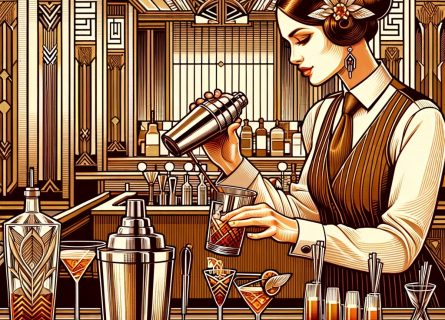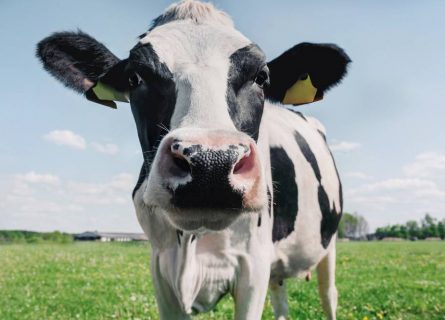Kenmare Travel Guide
Where Irish Charm Meets Natural Beauty - A Vibrant Gateway to Southwest Ireland's Wonders
A once remote Irish-speaking town has been thrust into the limelight in recent years, and quaint Kenmare in beautiful County Kerry has become a thriving market town, the perfect base for exploring the striking southwest of Ireland. Kenmare is charming and cheerful, with an exuberant atmosphere. The infectious Kerry humor is personified by the wise-cracking inhabitants of the town, who approach life with a knowing smile. That, combined with the fantastic food scene and the region’s stunning natural beauty, has put Kenmare squarely on the tourist map.
Kenmare officially started life circa 1670, when Oliver Cromwell gave the area known today as Kenmare to the English scientist Sir William Petty. After his conquest of Ireland, Cromwell bestowed the land upon Sir William in part payment for a job well done; the scientist had spent several years completing the mapping of Ireland, the Down Survey, which was finished in 1656. Therefore, history records that the settlement came into existence in the real sense in the 17th Century. Still, evidence suggests that the true heritage of Kenmare stretches back far into the Stone Age.
Ancient Gaelic Rule and Viking Raids
Based on archaeological evidence and excavated findings in the Kenmare area, we know that Gaelic tribes ruled the region of Kerry from circa 2000 BC; for over a thousand years, they controlled what visitors today know as Kenmare. Archaeologists have found a stone circle, probably the oldest relic from Kenmare’s ancient past, which suggests a prehistoric past that is clouded in mystery. This is part of the town’s appeal.
Kenmare’s history then became highly hazy for many centuries, until the 12th Century when the Normans began their conquest of Ireland. However, We do know that the Vikings attacked the settlement repeatedly in the late 7th Century. The Vikings never took complete control of this part of western Ireland. Nonetheless, their raids on the coastline were a constant menace for the Gaelic inhabitants. The Norse tribesmen often took whole villages back to Scandinavia as slaves!
Although Kerry remained under Gaelic control, their rule was constantly being threatened by the Normans, who had conquered much of the country by the mid-13th Century. Things came to a head in 1261 at the battle of Callann. The battle was fought between the Gaelic forces of the King of Desmond and the Norman, John Fitzgerald. Finghin Mac Carthaigh, King of Desmond, emerged victorious and, until the battle of Kinsale, his ancestors ruled this Irish state free from Norman intervention.
After the English victory over Gaelic Ireland at the battle of Kinsale in 1602, the settlement disappeared into obscurity until its official birth in 1670. After being granted a large area of land in Kerry, Sir William Petty brought a colony of English settlers to develop his new lands, including an Iron Works and a Fishery. The local inhabitants, however, were less than pleased with their new English neighbors and fought Sir William at every turn. Eventually, the settlers were forced onto a ship and sent back to England. Undiscouraged, Sir William bought more settlers to Kenmare, who, after much persistence, eventually integrated into the community. Many of the town’s famous buildings and streets, including Shelburne House, Butter Market, and the Schoolhouse, were constructed during this period.
Kenmare then enjoyed a period of stability in the 18th Century; the population grew steadily, and the town found favor with the First Marquess of Lansdowne in 1775, who viewed Kenmare as his own personal retreat. This stability would not last, however. The 19th Century witnessed social change, growth, and upheaval, as Kenmare did not escape the potato Famine that blighted Ireland during this time; rural poverty forced people towards the town while, at the same time, the population declined significantly. Kenmare suffered considerably as agriculture was the mainstay of the town’s livelihood.
Lace Industry
The town would also enjoy some growth and development; however, during this time, the first convent in the town, the Poor Clare Sisters, was founded in 1861 by five nuns. Under the stewardship of Mother Abbess O’Hagan, a lace working industry flourished in Kenmare, and the region became noted worldwide for the quality of its lace. This signified a quantum leap for the town, as previously, it had been almost entirely reliant on fishing and agriculture for its prosperity and survival.
The town enjoyed a certain amount of fame in Ireland in the 19th Century, as it benefited enormously from the construction of the first suspension bridge in the country. Opened in 1841, it served the community until 1932, when the latest concrete equivalent replaced it. Kenmare’s residents were proud to open the Carnegie town library in 1918. It was among the few Carnegie Libraries funded by Andrew Carnegie, an honor for the local community.
Ireland experienced great turmoil and social upheaval in the 20th Century. These events affected even the remotest parts of the country, even if they didn’t take center stage. Ireland got a taste of the horrors of World War I when The Lusitania passenger ship was sunk off the Irish coast in 1915. This atrocity spurned more young men from all over Ireland to become involved in the war effort, and many young men from Kenmare would never return home.
After the Irish War of Independence and the Irish declaration of an Independent State in 1922, Kenmare could finally proudly claim to be part of a united Ireland. A period of stability followed until the onset of the Second World War when many Irish lost their lives in Europe.
Kenmare has long attracted Irish tourists in the know, and this once small and peaceful town has started attracting many international tourists in recent years. It is still relatively untouched and authentic. The transition from a rural market town to a tourism center has been remarkably easy; the local spirit of hospitality and welcome for all visitors remains the same. Kenmare may not enjoy the fame of Dublin or Cork, but, for many, it heads the list of places to see, and with its pretty quaint streets, fantastic food scene, and stunning natural beauty of the region, it’s not hard to see why!
-

The Wonderful Chocolates by Lorge Chocolatier Gastronomy & Wine
In the 1970s, Kenmare had but two decent restaurants to its name; today, there are over 40 restaurants, including our favorites, The Peregrine and the Kingdom 1795, not to mention the fine eateries at the luxury Sheen Falls Hotel. Award-winning chefs use only the finest local produce of Kenmare Bay Salmon, trout and delicious tender lamb to create masterpieces at the many gourmet restaurants in the town. In addition to the wealth of restaurants in Kenmare, plenty of cafes, pubs, and family-owned restaurants serve good-value cuisine. On the road to Glengarriff, Lorge Chocolatier is a great little place.
Highlights
-
Kenmare Lace and Design Center
A landmark in the town’s past, this museum is a fascinating journey through one Nun’s determination to build a new industry in Kenmare for the benefit of all. It displays “the most important piece of lace ever made in Ireland.” It is run by lace-maker Nora Finnegan, who was taught by the Clare nuns.
-
Killarney National Park
The jewel in the famed Ring of Kerry, the national park houses, the idyllic and much visited Lakes of Killarney. A Mecca for nature lovers, the landscape is also dotted with ruined castles and abbeys although the lakes have always been the focus of attention. Well, known beauty spots include The Ladies View, so called because it delighted Queen Victoria’s ladies-in-waiting in 1861.
-
Skellig Michael Island
A must for any visitors to the region, make sure to take a boat trip out Skellig Island for spectacular views of the coastline. The rock was once home to early Christian monks who settled in the caves, worth seeing for the views alone!
-
Killarney Lakes
The lakes of Killarney are breathtakingly beautiful and deserve a full day. Be sure to visit Muckross House, an imposing mansion built in 1843 in an elegant Elizabethan style set in beautifully landscaped gardens. It contains a museum of Kerry life, with displays on the history of southwest Ireland and a craft center to keep the children happy. A great starting point for the popular (touristy) Ring of Kerry tour, or even better head to the Beara Peninsula (a best-kept secret amongst locals).
Recommended for you
More information
If you would like us to customize an exclusive luxury tour, contact us and let us know your travel plans. We offer luxury food and wine tours for private groups of a minimum two guests. In addition, all of our private, chauffeured tours are available year-round upon request.







